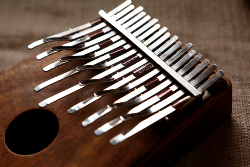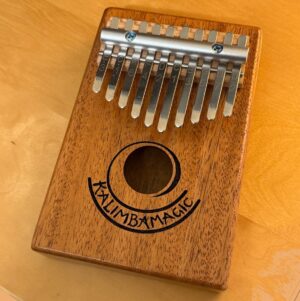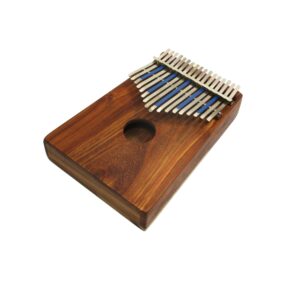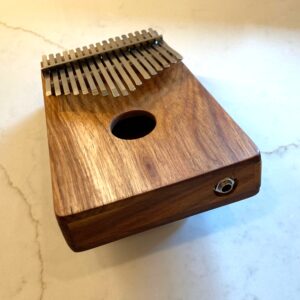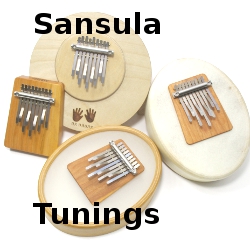
TIP: Exploring Sansula Tunings – p3 – The Sansula Book
This ground-breaking book inspired thousands Go to product page for “Playing the Sansula” Kalimba Magic started making the first alternative sansula tunings many years ago, and we are the only people to have made instructional materials for the sansula and its alternative tunings. This series of tips is an overview of Kalimba Magic’s sansula tunings and related instructional materials. This is a good example of the music played easily on the sansula in standard A minor tuning – it is one of the lessons from the book “Playing the Sansula”, which mostly covers the standard tuning. The media player at the bottom of the article will play a sound recording
